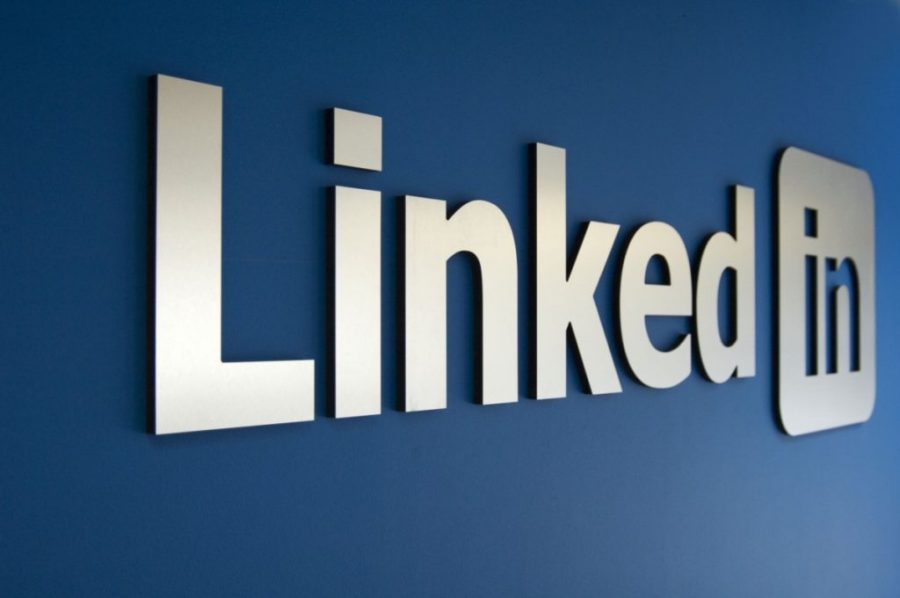LinkedIn is a weird website, there is no denying it. Chances are you never used LinkedIn before college. LinkedIn is a bridge from university to the professional world. Once you’re ready to enter a career, LinkedIn becomes very important, and it is critical that you understand how to take advantage of this professional version of Facebook.
Making an account on LinkedIn is the easiest part. The next thing to do is start building your profile. In some ways, LinkedIn does look like Facebook, right down to filters on your profile picture, but approaching your LinkedIn profile like a Facebook profile will not do you much good.
With that in mind, start with your profile picture. This picture should not be you and your friends out on the town. It needs to be a professional picture. That is not to say it should be DMV style as there is a line between professional and too casual.
There are a few simple rules to picking the right picture. You should be the only person in the picture — potential employers don’t want to have to guess which person is you. This is also not the place to show off your new bathing suit. Take the old advice, “Dress for the job you want,” and apply it to your profile pic. Make sure this is a picture you are proud of, not one you randomly selected. Putting effort into this picture might mean asking someone to help you.
The next step is to write your bio. This is where things can get complicated. Your bio should be roughly 10 sentences long. While that doesn’t sound too hard, it can be surprisingly difficult. Those ten sentences need to show employers who you are, what your goals are, something personal and something that makes you unique. All while not sounding like a cover letter. If cover letters are the hardest professional document to write, LinkedIn bios take second place — finding the right combination of words may take hours. I strongly suggest having a seasoned LinkedIn user help you with your first bio simply because of how strange it is to write.
Once you finish your bio, reward yourself by filling out your work experience and education. The education part is rather straightforward: simply input where you went to school and what you studied. You can also add any extracurricular activities in the same section. Adding work experience is very similar. Enter your title, the company you worked for, how long you worked there and a short description. You can change the order of your experiences to put the one you are most proud of on top.
Now that you have a full profile, it is time to connect with other people. Search for people you know from class or work then ask them to connect. The more connections you have the larger your network becomes. That network comes in handy when someone you are connected with has a connection at a company you want to work for. It is important to grow your network, but you must do it in the right way. When you are reaching out to someone you don’t know that well, attach a message explaining who you are and ask if they would mind connecting.
This is far from a comprehensive guide to LinkedIn, but hopefully, it helps make that bizarre website a little bit easier to navigate, especially for all those graduating seniors who will be facing the open market soon enough.












